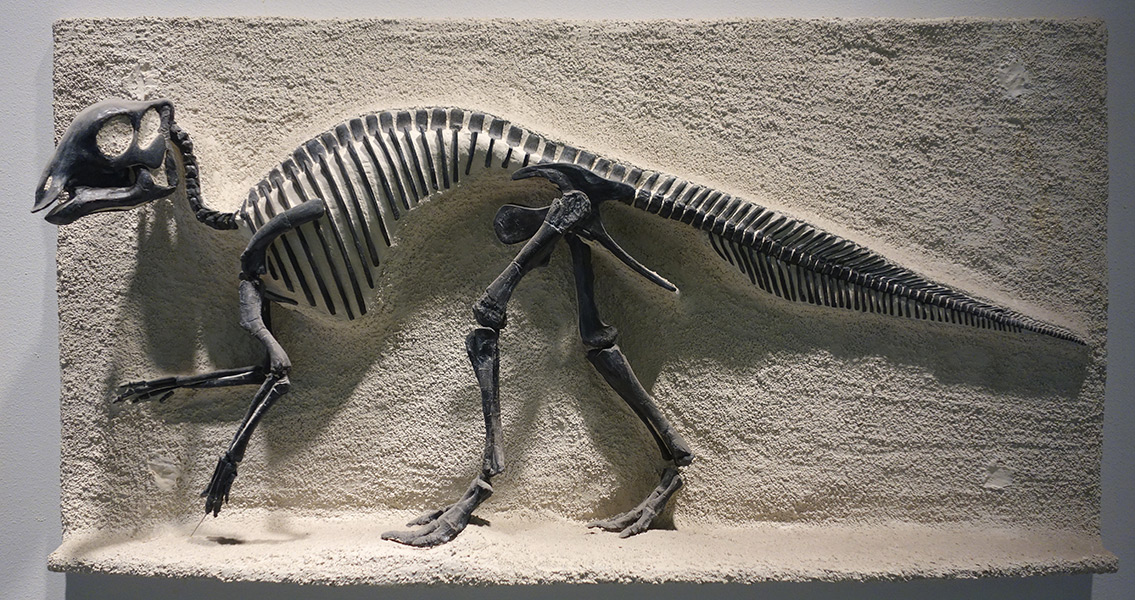<![CDATA[After the culmination of the largest dinosaur population growth study to date, an incredibly detailed life history of the official Montana state dinosaur fossil – the duck-billed herbivorous dinosaur known as the Maiasaura peeblesorum, or "good mother lizard" – has been constructed. Fossils collected from a massive bed of bones located in western Montana have been studied for decades by researchers from Indiana Purdue University, Montana State University (MSU) and Oklahoma State University. Their work has been successful in creating what has been characterized as one of the most influential examples of paleontology involving MSU over the past two decades, according to the university’s Museum of the Rockies curator, Jack Horner. In a prepared statement released by the university, Horner remarked that the study was a “dramatic step forward” towards understanding the entire life cycle of a fossilized creature instead of simply studying a single specimen. The paleobiology research study was spearheaded by Holly Woodward, who received her doctorate in paleontology while attending MSU. She now serves as an anatomy professor for the Center for Health at Oklahoma State University. Her research focused on the histology, or bone microstructure, of 50 shin bone specimens from the 75 million year old Maiasaura in an effort to reveal growth aspects such as skeletal and sexual maturity, metabolism, growth rate, and other details, that would otherwise go unnoticed by simply studying bone shape. Woodward stated that histology is instrumental in discovering growth dynamics in animals that have long gone extinct. The 50-bone sample size is noteworthy in paleontology, even though the number may seem small to the uninitiated. Woodward remarked that the sample size puts other histological studies of individual dinosaur species to shame, and that the treasure trove of new data unlocked by these shin bones provided details thanks to how the growth of these bones recorded major life events of the specimens, revealing that Maiasaura bone tissue bore a close resemblance to elk and other large warm-blooded mammals of today. The study also revealed that growth rates for the herbivorous dinosaur were similar to those of modern birds, with the Maiasaura reaching its average adult size of 2.3 tons in around eight years. The dinosaur took three years to mature sexually, and the mortality rate was a very high 89.9 percent for those under one year of age. Similarly, elderly specimens that reached eight years or older had a high 44.4 percent mortality rate as well. Meanwhile, Maiasaura that reached the end of their second year were found to be the healthiest, with only a relatively low 12.7 percent mortality rate across the next six years of their lives, with the causes of death in that age bracket likely to have been accident, illness, and predation by carnivorous dinosaurs. For more information: www.journals.cambridge.org Image courtesy of Wikimedia Commons user: Daderot]]>
Details of Montana State Fossil Revealed in Giant Study
